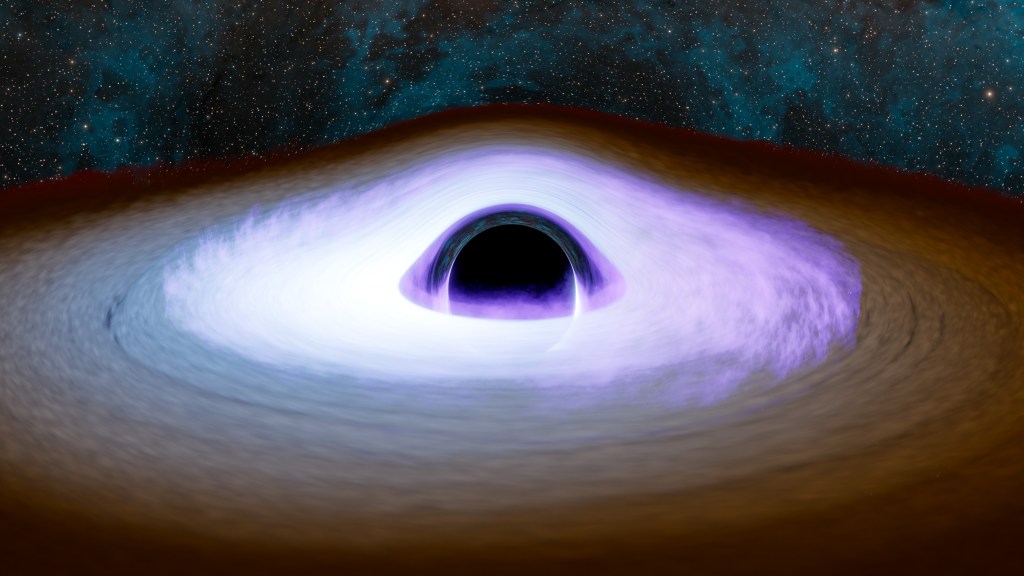Cassini is currently orbiting Saturn with a period of 15.9 days in a plane inclined 4.1 degrees from the planet's equatorial plane. The most recent spacecraft tracking and telemetry data were obtained on January 20 using the newest of the 34-meter diameter Deep Space Network stations in Australia. The spacecraft continues to be in an excellent state of health with all of its subsystems operating normally except for the instrument issues described at http://saturn.jpl.nasa.gov/news/significantevents/anomalies
Commands from Cassini's S92 sequence controlled the spacecraft's activities at Saturn this week, which included several non-targeted encounters with various moons, and the targeted T-115 encounter with Titan. Meanwhile, Sequence Implementation Process teams continued working on additional 10-week command sequences. S93 will begin executing on February 7, S94 starts on April 18, and S95 will begin operating on June 26. As usual, developing command sequences includes negotiating with other users of the Deep Space Network (DSN) to schedule antennas for Cassini for each 10-week period if possible, so that the spacecraft will be able to operate in sync with its counterpart of ground tracking facilities.
Wednesday, Jan. 13 (DOY 013)
Cassini turned to point its Imaging Science Subsystem (ISS) telescopes toward Saturn's largest moon Titan today, from a range of two million kilometers. The monitoring-campaign observation lasted 90 minutes, with the Composite Infrared Spectrometer (CIRS) and the Visible and Infrared Mapping Spectrometer (VIMS) observing as well.
Upon completion of the Titan viewing, the Ultraviolet Imaging Spectrograph (UVIS) took the reins and turned to Saturn for a slew across its sunlit side, capturing the northern aurora with CIRS and VIMS riding along.
An image featured today compares recent observations with decade-old observations of curious dark spots on Enceladus: Enceladus Dalmatian Terrain Close-Up .
Thursday, Jan. 14 (DOY 014)
Only a few hours before Cassini's periapsis passage today, the spacecraft came close enough to some of Saturn's inner moons to make great observations. These were "non-targeted" flybys, so named because no rocket firings were dedicated to achieving them. They kept Cassini very busy during the day, on its way to the next "targeted" flyby, which will be Titan on January 16. Today's non-targeted opportunities are illustrated here: http://go.nasa.gov/1nmIZAm . The unprocessed images can be seen at Cassini’s raw image site: http://saturn.jpl.nasa.gov/photos/raw/ .
Saturn's active little moon Enceladus was today's first target for an hour-long observation by ISS, which led the other Optical Remote-Sensing (ORS) instruments, CIRS, VIMS, and UVIS. Complementing the ultraviolet and infrared instruments' views, ISS used a broad range of color and polarization filters, while the 500-kilometer wide object moved through various phases of illumination.
The 200-km diameter icy moon Mimas came next, for three hours of scrutiny by the same instruments. After this observation came a two-hour ORS rendezvous with Daphnis, whose longest dimension is 8.4 km. Daphnis completes a whole orbit about the planet every 13.9 hours, and is famous for clearing out a narrow band in Saturn's outer A ring called the Keeler gap. The small icy object can be found by the gravitational wakes it creates with the ring particles, as an image from last year serves to illustrate: /resources/16143 .
Next, Cassini twisted and turned while ISS, VIMS and UVIS made the first of two observations to monitor Enceladus's plume activity, gathering data to help test theories of what causes the plume to vary, and providing insight into Enceladus's interior and its interactions with other satellites.
The 32-km long Telesto was next in line for the ORS instruments to view. This is a Trojan object at the leading Lagrange point in the orbit of Saturn's much larger moon Tethys. (Its trailing Trojan, which is about the size of Telesto, is named Calypso.)
Wasting no time, Cassini next turned to put Enceladus's south-polar plume squarely in the ORS instruments' fields of view for an hour. Following this, CIRS led the other ORS telescopes in viewing Tethys for four hours to study its surface composition. One final moon remained to be observed. Narvi, the small irregular moon described last week, spent about three hours in the ISS and VIMS fields of view.
One important observation remained for the day, and it was not a Saturnian moon, but a distant star. Bright blue Epsilon Orionis, the middle star in Orion's belt, passed behind Saturn, and UVIS tracked it for just over an hour to capture more data on the planet's upper atmosphere. VIMS rode along.
Friday, Jan. 15 (DOY 015)
All of Cassini's ORS "eyes" turned to Saturn's 5,152-km wide moon Titan today, as observations began for the T-115 targeted flyby. The distance from Cassini to the planet-like body shrank during the day to less than 48,000 kilometers, an eighth the distance from Earth to our Moon.
The Magnetospheric and Plasma Science (MAPS) instruments had objectives during T-115 as well. Today, they began to characterize the upstream counterpart of Titan's induced magnetosphere. The Magnetospheric Imaging Instrument (MIMI) measured the energy put into Titan's atmosphere from ions and electrons. The Radio and Plasma Wave Science instrument (RPWS) measured thermal plasmas in Titan's ionosphere and environment, searched for lightning in Titan's atmosphere, and investigated Titan's interaction with Saturn's magnetosphere.
Saturday, Jan. 16 (DOY 016)
This page describes details of the Titan T-115 encounter, for which the closest approach occurred early today: http://saturn.jpl.nasa.gov/mission/flybys/titan20160116 .
In addition to all the scientific data collected and returned to Earth, the T-115 flyby provided Cassini with a gravity assist. Right in line with the mission plan, Titan's orbital momentum and substantial gravitation gave Cassini's orbital inclination a boost, bringing it from 1.3 degrees up to 4.1 degrees, as measured from Saturn's equatorial plane. All future Titan encounters will continue to modify Cassini's inclination, bringing it to 63.7 degrees for the F ring orbits starting this November, and then 61.7 degrees for the Proximal Orbits that start in April 2017.
Sunday, Jan. 17 (DOY 017)
The Cassini Outreach team has begun this year's Scientist for a Day essay contest. The deadline for submissions is Friday Feb 26. All the details of this popular educational activity may be found here: http://saturn.jpl.nasa.gov/education/scientistforaday2015 .
Monday, Jan. 18 (DOY 018)
UVIS carried out a seven-hour observation of Saturn’s aurora, with VIMS riding along. VIMS and CIRS then jointly observed Saturn's dusty E ring and G ring for seven hours while they were sunlit at a phase angle of 120 degrees.
Janus and Tethys are featured in an image released today: /resources/16294 .
Precise radiometric tracking data from the DSN allowed the Cassini Navigation team to accurately estimate Cassini's trajectory as usual. Today they determined that it would not be necessary to use the opportunity to fire the spacecraft's rocket thrusters. Consequently, the post-T-115 trajectory "clean up" Orbit Trim Maneuver (OTM)-437 was cancelled.
Tuesday, Jan. 19 (DOY 019)
ISS, CIRS and VIMS made a 90-minute Titan monitoring observation; the huge moon had receded to a distance of 1.5 million km behind the spacecraft. VIMS then performed a 60-minute satellite orbit campaign observation, looking for small objects near the planet. Wrapping up a momentous week, CIRS studied the composition of Saturn’s atmosphere for 11.5 hours, with VIMS also participating.
On five occasions during this week while Cassini was already pointing its optical instruments towards or nearly towards Saturn, Cassini turned and made two-minute Saturn storm-watch observations. Four were ISS observations and one belonged to VIMS. Also during the past week, the Deep Space Network communicated with and tracked Cassini on nine occasions, using DSN stations in Spain and Australia. A total of 195 individual commands were uplinked, and about 1,678 megabytes of telemetry data were downlinked and captured at rates as high as 110,601 bits per second.



































